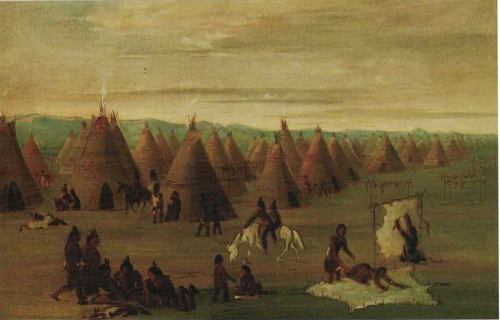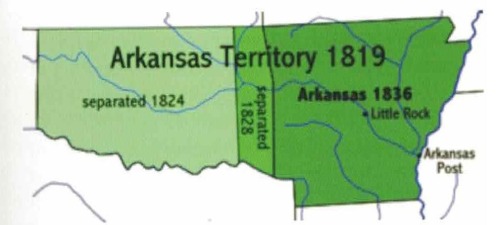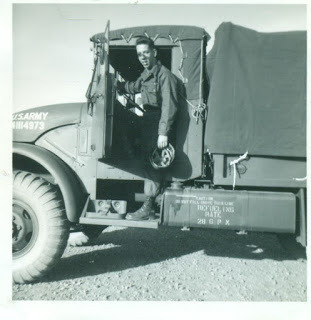
Plains Tribes
Though perhaps not all of it lay in the “Great American Desert" invoked by contemporary American explorers and maps, the western half of early eighteenth-century present-day Oklahoma still hosted few people. Most numerous were likely the aforementioned nomadic bands of Comanches and Kiowas who had migrated from the west over the previous few decades. Though their impact on the region would grow through the 1800s, already they occasionally clashed with the Osages, Apaches, and others.
Meanwhile, the Wichitas’ long dismal retreat from the Osages southward toward Texas continued.
Modern-day place names such as their large namesake city in southern Kansas, the Wichita Mountains near Lawton in southwest Oklahoma, and the city of Wichita Falls across Red River in north Texas indicate the tribes’ path.
George Catlin’s early-1830s depiction of a Comanche Village, Women Dressing Robes and Drying Meat as they no doubt would have appeared just a few years before as well, in the 1820s.
|
Read the entire Oklahoma story in John J. Dwyer's The Oklahomans: The Story of Oklahoma and Its People volume 1 of a 2-part series on the 46th state and the people who make this state very special. |

|




















 RSS Feed
RSS Feed
